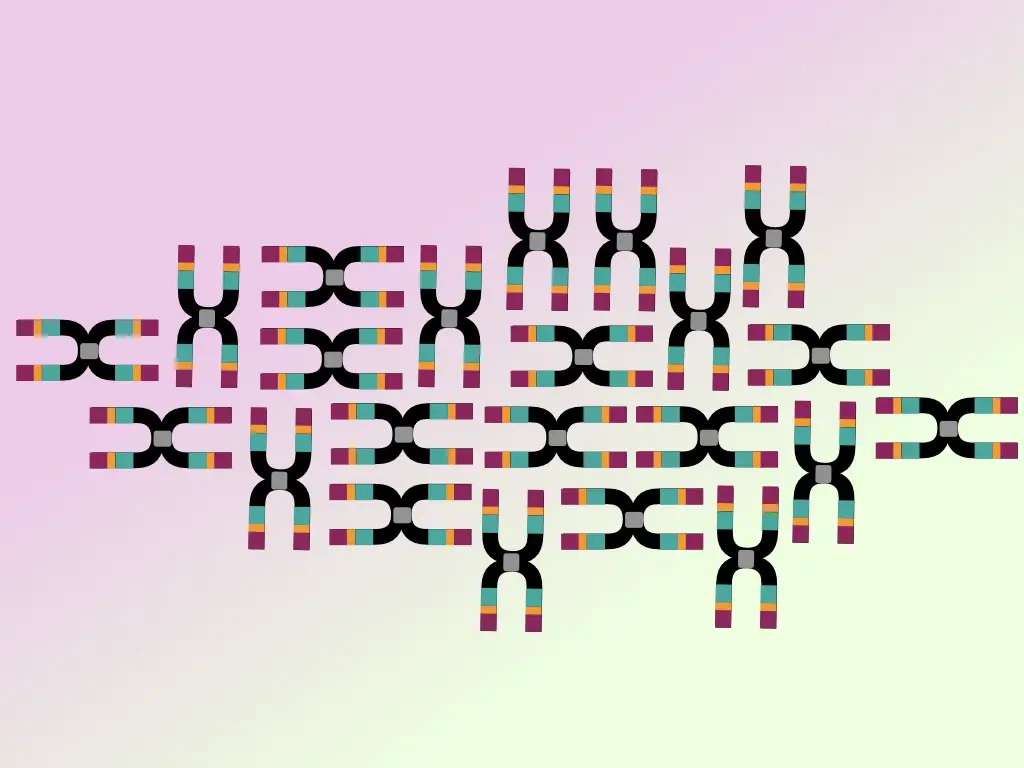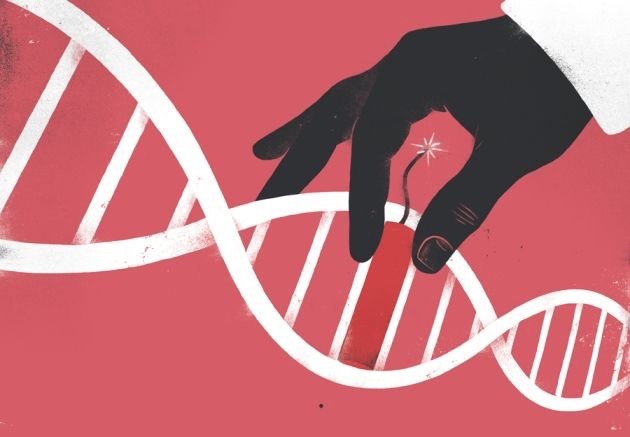“DNA is a long polynucleotide chain and so are genes! So how are genes and DNA different? Let’s find out in this article.”
DNA short of Deoxyribose nucleic acid is a type of nucleic acid and genetic material. It’s present in prokaryotes and eukaryotes and helps store, transfer and inherit genetic information.
Our genome consists of 3.2 billion base pairs. It is partitioned into coding and non-coding DNAs. The coding part which is only ~3% manufactures proteins while the non-coding part which is approx. 97% can regulate gene expression.
The coding DNA sequences are known as ‘genes.’ The rest of the DNA sequences are just sequences! Then, how are a gene and DNA different? Let’s find out some of the common, interesting and important differences between a gene and DNA in this article.
Keep in mind that genes are DNA sequences indeed, we can say its a part of our whole DNA and thus it’s difficult to differentiate between Genes vs DNA. Because, technically it’s wrong to explain a gene as a separate entity, it is a DNA sequence.
So this article is for basic understanding and for budding scientists I guess, which helps them to understand the concept.
Gene vs. DNA:
A functional part/portion/piece of the DNA is known as a gene while the composition of the entire genomic content is known as DNA.
Structurally, both genes and DNA are made up of sugar, phosphate and nitrogenous bases. However, a gene has definite structural constituents like– promoters, enhancers, regulators, exons and introns. DNA doesn’t have such a definite structure.
A gene contains information to encode a protein while DNA contains entire genetic information. Meaning, that genes can only synthesize proteins while DNA can store, transfer, inherit, and express genetic information.
As proteins produce various physical and structural traits, genes regulate the traits. While DNA regulates gene expression. For example, the OCA2 gene produces a protein for eye color while the DNA (non-coding part) regulates the amount of protein produced by the OCA2 gene.
Put simply, genes help by producing new traits or phenotypes while DNA helps us survive. In other words,
DNA is the whole book of information for us to survive on earth, while a gene is a single page with one specific information.
Genes are located on chromosomal arms. It’s important to note that a chromosome is a complex network of DNA and proteins located in the cell nucleus (eukaryotes) or nucleoid (prokaryotes).
So broadly, genes are located on chromosomes while the entire genomic DNA is located in either cell nucleus in eukaryotes or cytoplasm in prokaryotes.
Genes consist of information only to encode a protein or related traits whereas DNA consists of entire genetic information– for example, reproduction, survival, development, etc.
DNA participates in the replication process and produces copies of DNA whereas genes participate in replication, transcription and translation and produce a desirable trait.
Wrapping up:
I hope this information is sufficient to explain the differences between genes and DNA. I read so many articles on the Internet that are confusing and filled with thin information.
Keep in mind that our aim here is, to differentiate between genes and DNA, not between coding and non-coding DNA. So whenever we talk about genes, it’s a dedicated part of DNA to encode protein.
As genes are part of the DNA, whenever we are talking about DNA, it’s a part of a cell that consists of information regarding protein synthesis and gene expression.
Conclusively, it’s not possible to differentiate between genes vs DNA.

